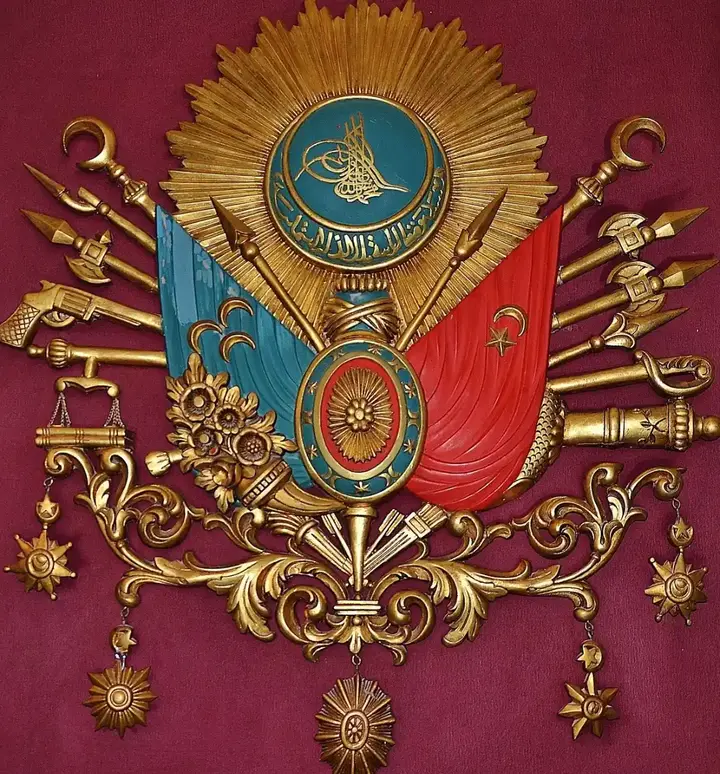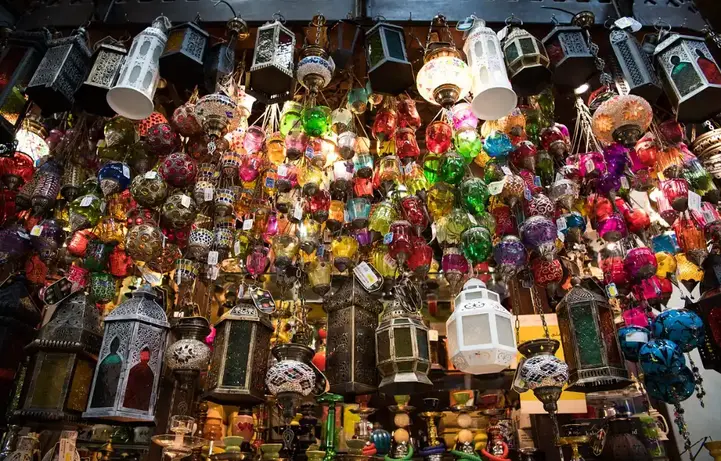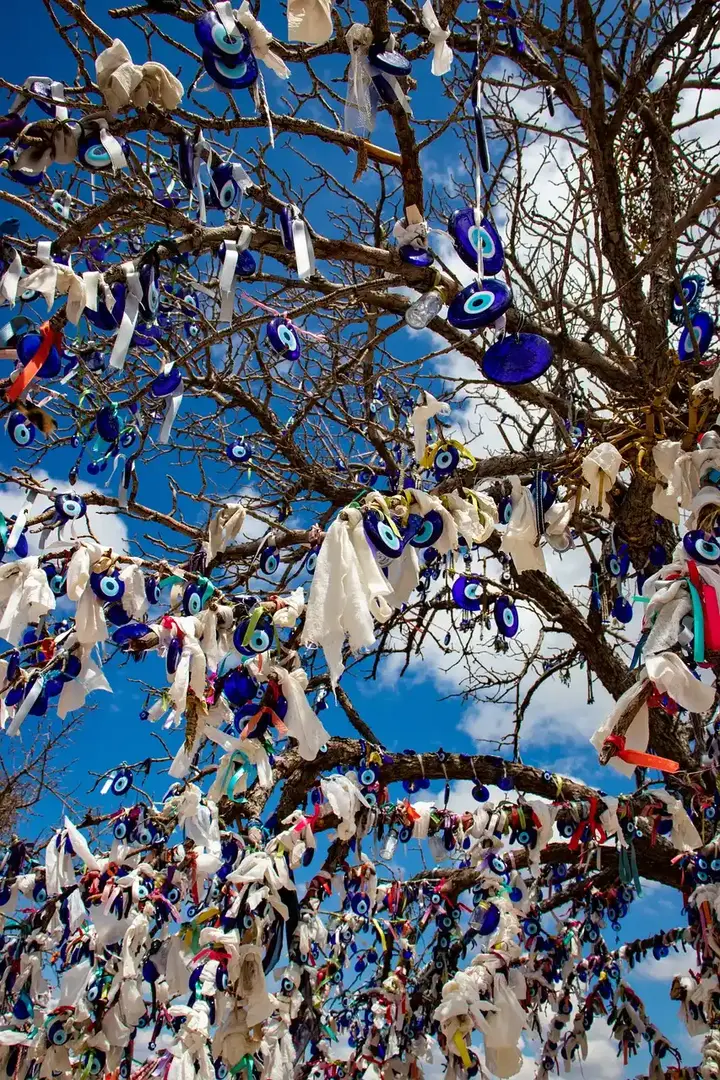3 common customs between Turks and Arabs

Turkey is the rightful heir of the Ottoman Empire, which stretched from east to west in the past. Ottoman rule prevailed in many countries for more than 600 years, but their entry into the Arab countries was after more than 200 years, and therefore the union of the Ottoman Empire and the Arab countries was for a long time. For example, Syria and the countries of the Arabian Peninsula, where Ottoman rule lasted for 400 years. During those centuries we can imagine the fusion of Arab and Turkish cultures and their mixing into one diverse fabric. Turks and Arabs share many customs and traditions such as the customs of engagement, marriage and other customs, some of which we will address in this article.
Recommend
Show key points
- Turkey, as the successor of the Ottoman Empire, shares deep historical ties with Arab countries due to centuries of unified rule.
- A rich cultural blend has emerged from the 400-year Ottoman presence in Arab regions, especially Syria and the Arabian Peninsula.
- Drinking tea and enjoying oriental sweets like baklava and kunafa are common traditions celebrated by both Turks and Arabs.
- ADVERTISEMENT
- Tea holds significant national pride in Turkey and is also a symbol of hospitality in Arab culture, with both regions consuming it in high quantities.
- Shared religious customs during Ramadan and the two Eids highlight a strong cultural and spiritual connection between Turkish and Arab Muslims.
- The tradition of using the blue bead or evil eye as protection against envy is widely observed in Turkish and Arab households.
- UNESCO recognition of the blue bead as Turkish cultural heritage underlines its longstanding symbolic role in warding off bad luck.
The habit of drinking tea and eating oriental sweets

One of the common customs between Turks and Arabs is the custom of drinking tea and eating oriental sweets. In many cultures, coffee is the favorite and most popular drink, but when you visit the Arab countries and Turkey, you will find a great popularity to drink red tea. The origin of tea is due to China and Turkey is internationally famous for Turkish tea, which is boiled tea and boiling water is added to it to reach the appropriate color. The Turkish citizen drinks 3 to 5 cups of tea a day and up to 10 cups in the winter. Turks serve tea in small, thin distinctive cups, which help keep it hot for the duration of drinking. Tea Turks consider their most common national drink.
In contrast, Arabs serve tea to their guests in large cups and consider it a form of generosity and guest appreciation. Kuwait and Saudi Arabia are the largest consumers of tea in the Arab countries, after Morocco, Egypt and the least of them the United Arab Emirates, and the rate of consumption of tea by Arab countries exceeds the global average.
As for the oriental sweets, they are a real cultural link between Turks and Arabs, not only because of the similarity of their types and the way they are prepared and presented, such as baklava and kunafa, but because of their close association with occasions and holidays as a common manifestation of the celebration. Eating oriental sweets is common in Turkey and Arab countries during sermons, weddings and celebrations of Islamic holidays, namely Eid al-Fitr and Eid al-Adha.
Customs of celebrating the month of Ramadan and Eid al-Fitr and Eid al-Adha

Turks and Arabs all participate in the holidays as Islamic countries, and Muslims in the whole world participate in celebrating the holidays, but the Arab countries and Turkey, their celebrations have a special character, as they are a cultural and civilizational mixture through which you can see the hidden link between them.
Muslims in Turkey and the Arab countries celebrate the advent of the month of Ramadan, which they consider the holiest month of the year, with many common customs such as decorating the streets with decorations, colorful lighting and lanterns, and families and friends exchange visits and breakfasts together at a generous table containing the most delicious and best food. The tables of Rahman extend in the streets, which are tables of food prepared for the poor, the poor, and even those who have no one or are on a trip to participate in the Ramadan Iftar in the company of others, which makes them feel the warm atmosphere of the family. Well-to-do families donate food for the table. Turks also participated with the Arabs in drinking juices and eating oriental sweets during the month of Ramadan.
On Eid al-Fitr and Eid al-Adha, Turks and Arabs buy new clothes for Eid, and clean houses well before Eid. On the first day of Eid, they perform Eid prayers in the mosque and gather in the courtyard after the prayer to congratulate each other on Eid. This is followed by visiting the graves of relatives of parents and grandparents. Special dishes are prepared to celebrate Eid, visit relatives and go out to the gardens. One of the most famous polytheistic customs is also the presentation of the elders of the Eid family, which is a sum of money for children.
Envy and the habit of putting a blue bead

Turks and Arabs believe in envy and consider it an evil that must be protected from, as it is mentioned in the Qur'an. You will notice in many Turkish and Arab homes the placement of the eye or blue bead on the doors of houses or inside them so that they gift it to family and friends when a child is born to fix a pin on his clothes, as it is a talisman to protect him from envy and the evil eye.
Blue is especially used because they believe that it removes negative energy and expels the envious eye and thus protects them from danger. It is believed that the blue bead dates back to the sixth century and that it not only banishes envy but also brings good luck and keeps away jinx or bad omen, and Turkey has managed to include the blue bead in the set of cultural values and customs of UNESCO.








